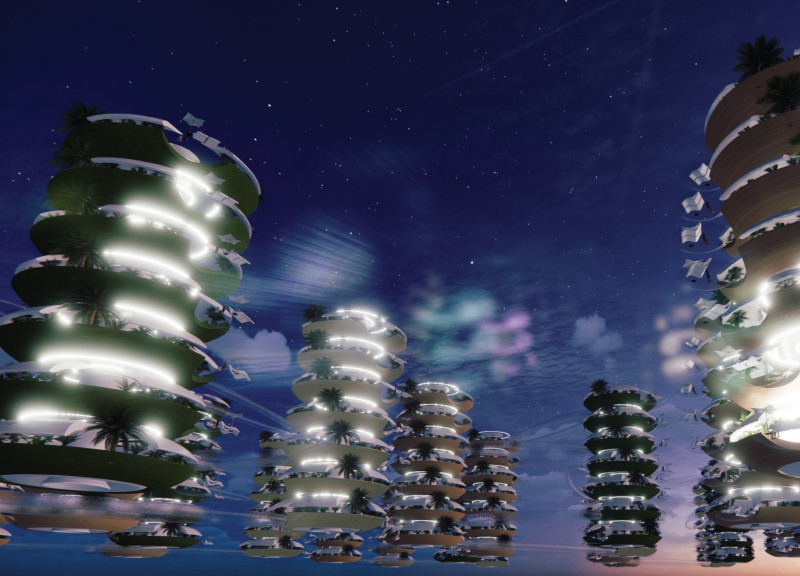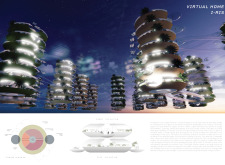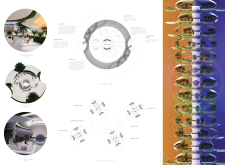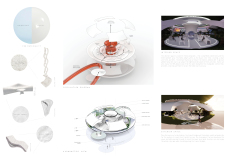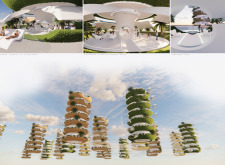5 key facts about this project
The recent development focuses on a flexible home concept designed for the metaverse environment. This design blends community interaction with personalized spaces, creating a digital living experience that supports both individual choices and social engagement.
Design Concept
At the core of the design are interconnected strands of homes. These strands allow avatars to move freely between neighboring spaces, enhancing connections and interactions among users. This responsive arrangement caters to the privacy needs of individuals while also reflecting the relationships among community members.
Adaptive Features
Each virtual home includes a changeable outer context disc. This feature allows users to choose different surroundings that match their mood and preferences. It highlights the design’s ability to adapt, offering users a sense of control over their environment. This customization enhances user satisfaction and fosters engagement in the metaverse.
Spatial Arrangement
The interior layout is organized into specific areas for living, working, and entertainment. The living room has essential furnishings, such as sofas and hanging vine chairs, designed for comfort while being functional. The workroom features a table that provides two settings: Discussion Mode and Presentation Mode. This design ensures that various needs can be met without sacrificing usability. The entertainment area encourages leisure and integrates spaces for virtual activities into everyday life.
Outdoor Integration
Outdoor terraces extend from the internal spaces, with two movable terraces for each home. These terraces can be repositioned to showcase different views of the virtual city. One terrace can move along transit bridges, promoting navigation between homes and enhancing interaction among users.
A predominantly white color palette creates a clean and fresh appearance. The use of a unique luminescent material adds ambiance, while adjustable lighting accommodates various activities. This thoughtful approach enriches the user experience and allows for a personalized digital environment.


